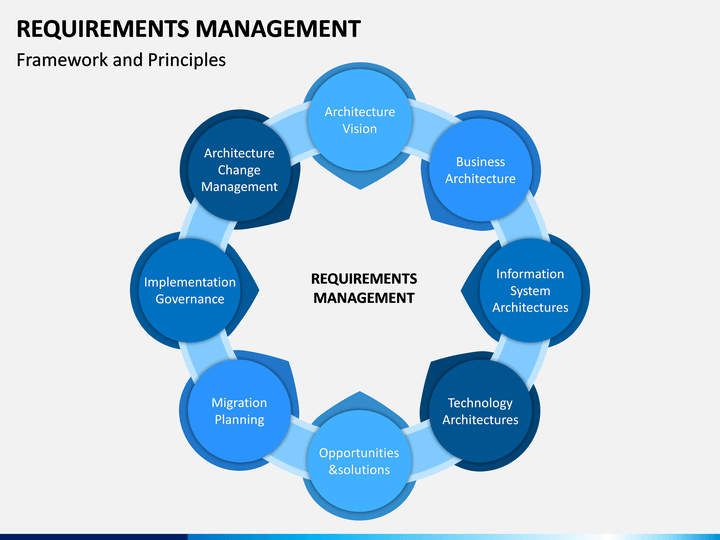

The more we are in control of the changes, the better. Version management will be especially important to guide conversations with the client on what has changed over time.


REQUIREMENTS MANAGER SOFTWARE
Learn about some of the features included in this type of software and get familiar with the terminology. I’ll tell you the price at which their paid plans start and any information I find on free trials or free versions of the software. Pricing: I looked at each tool’s pricing structure.I’ll mention some of the relevant tools I think you may be using.
REQUIREMENTS MANAGER PLUS
Integrations: All out-of-box integrations with third-party applications, plus available APIs so you can develop custom connections.Also, I see how intuitive it is for someone new to the tool. The idea is to see if the tool is easy to use in terms of navigation through the different features. Usability: I look at each tool from your perspective as a user.This is a tool that you’ll be using every day, so it’s better if it’s nice to look at. It can be a menu, how elements are organized in the UI, how the tool displays a UML diagram or process modeling view, etcetera. Visuals: This includes all graphical elements of the tool.Selection Criteriaīefore we get to each tool’s description, it’s important to review the criteria I used in my analysis. Discussing why a requirement doesn’t lead to your project objectives and should be scrapped without evidence is not fun. These tools will help as you collect user stories, set up brainstorming sessions, diagram process flows or put together a requirements traceability matrix.įinally, some of the requirements tools on this list offer reporting, versioning, and tracking features that will support your review meetings with stakeholders. Therefore, this post should help you find your perfect sidekick for this process. Most of you are project managers/business analysts/mind readers, and you know that’s never going to change. Although most times it requires a business analyst in your team to help you get the most out of this phase, the reality is different. Collecting project requirements is an important part of setting up a new project.


 0 kommentar(er)
0 kommentar(er)
